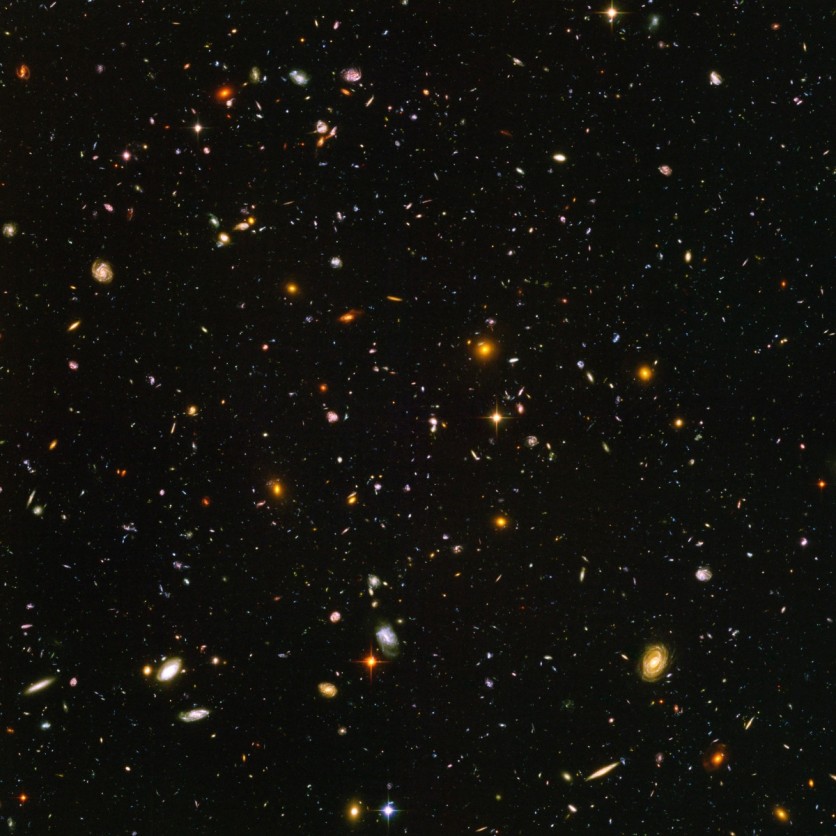It turns out that we humans have a lot in common with the stars and galaxies above us. It turns out that we are also made of stuff from these celestial objects, which literally makes us "children of cosmos."

Cooking the "Key Ingredient to live."
An international research group of astrophysicists and nuclear physicists created the strongest supercomputer simulation to theorize how stars in their extreme conditions produce a carbon-12, which serves as "critical gateway to life."
It is worth noting that humans are considered to be carbon-based lifeforms and we are all made of the element carbon-12, since it is our key ingredient to live.
The researchers might have solved the long-standing question on how the universe came up with this ingredient to create life on our planet since they tried to make carbon-12 through a simulation!
Surprisingly the recipe for carbon 12 needs a pressure cooker and many source materials. This is because the environment inside a star during its collision or explosion provides the pressure cooker to generate carbon-12.
Particularly, the ingredients inside include helium-4 atoms and nucleus called beryllium-8, which is theoretically forbidden according to Universe Today But putting all of these ingredients together in one cooker would not guarantee a carbon-12.
The process turns out to be more complex than simple cooking.
Simulating a Star's Environment
Apparently, it is impossible to replicate the recipe in the lab and prove that it is working since it entails temperatures and pressures that are found inside a star. Hence, what the researchers did was to create a robust simulation of the environment inside a star and all the processes that led to the creation of carbon-12.
Basically, it was a simulated cooking of carbon-12!
Once the simulation was up and running, they tested it on the Fugaku supercomputer at the RIKEN Center for Computational Science in Kobe, Japan. With the aid of computational artificial intelligence, it was able to unveil alpha clustering in the Hoyle state found in the production of carbon-12.
Alpha clustering is basically the process inside a star's extreme environment, which is responsible for generating several elements like carbon.
"There's a lot of subtlety-a lot of beautiful interactions going on in there," said James Vary of Iowa State University in a statement, who was part of the research paper.
The team also said that the alpha-particle clustering, which is the process that leads to the creation of carbon-12, was "very beautiful and fascinating" and that the process is "indeed plausible because the (alpha) particle is particularly stable with a large binding energy."
The researchers also noted that their calculations, theoretical applications, and physical quantities all adhere to the experimental data found in the corner of nuclear physics.
Several questions have arisen after the results of the study, AZO Materials pointed out if there is a possibility that carbon production was primarily the "outcome of internal processes in stars" or whether they actually come from "supernova star explosions" or "collisions of super-dense neutron stars."
But the researchers concluded that the nucleosynthesis found in extreme environments generates "a lot of stuff including carbon."
Related Article : Invisible Space Walls' "Fifth Force" Discovery Could Solve Cosmology's Greatest Mystery
This article is owned by Tech Times
Written by Joaquin Victor Tacla
ⓒ 2025 TECHTIMES.com All rights reserved. Do not reproduce without permission.




